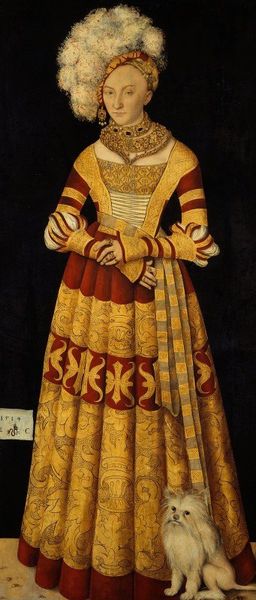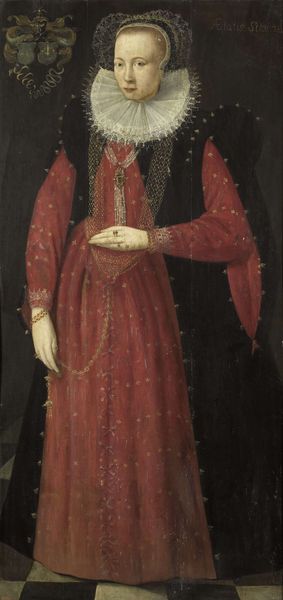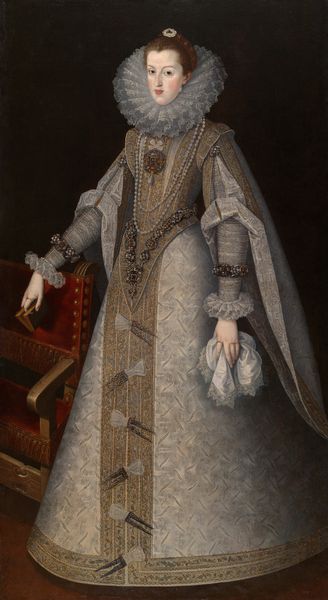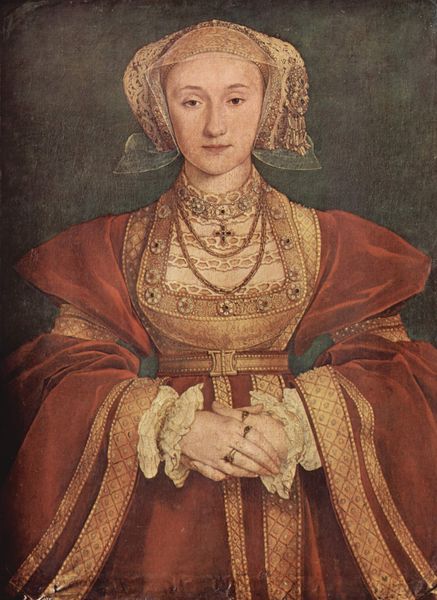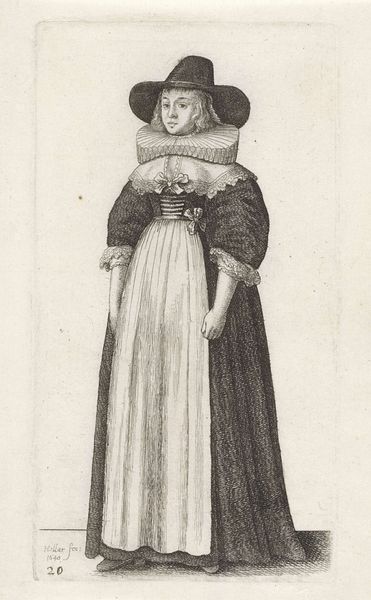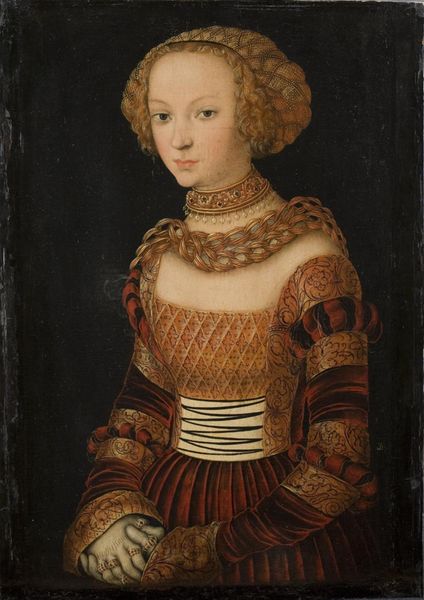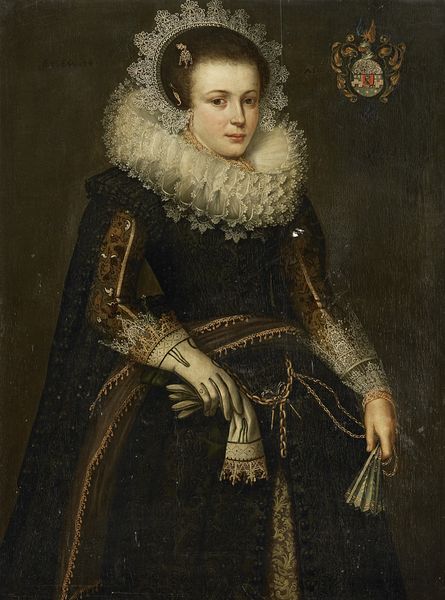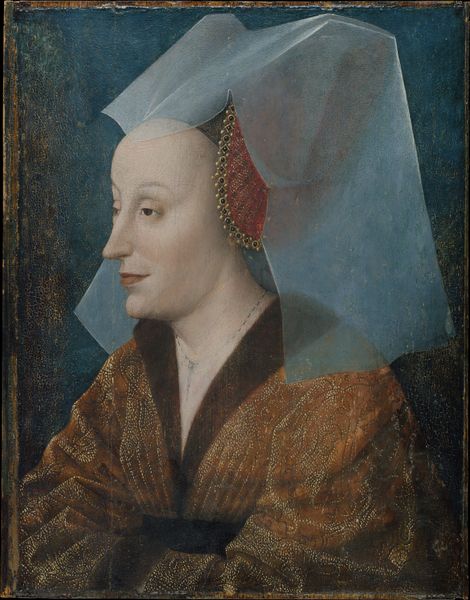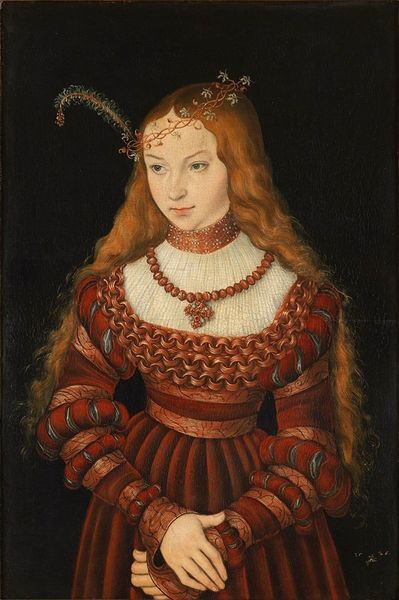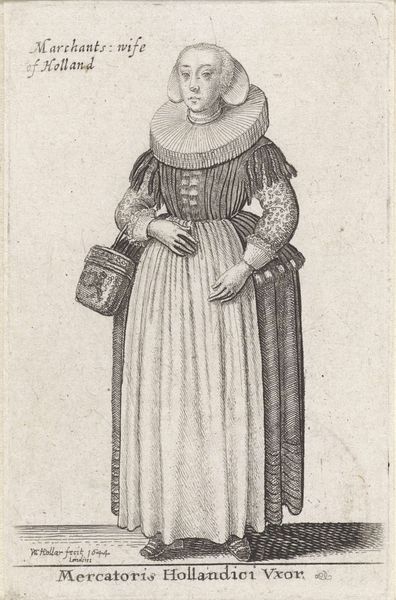
oil-paint
#
portrait
#
baroque
#
oil-paint
#
oil painting
#
genre-painting
#
history-painting
Dimensions: support height 174 cm, support width 102.5 cm, sight size height 174.5 cm, sight size width 102.5 cm, frame height 203 cm, frame width 131 cm
Copyright: Rijks Museum: Open Domain
Curator: L.J. Woutersin painted this "Portrait of Sophia de Vervou (c. 1613-71)" around 1630, capturing his sitter in all her finery. The medium, as with much portraiture of the period, is oil paint. What’s your take on it? Editor: Stately. Imposing. There’s a certain stillness, a kind of contained power emanating from her direct gaze, don’t you think? Curator: Absolutely! And talk about status! The puffed sleeves, that extravagant lace collar... it practically screams wealth and privilege. But there’s also something... almost uncomfortable about it. Like she's wearing her rank. Editor: Precisely. The conspicuous consumption, the rigid posture... It's fascinating to consider the performance of gender and class. Look at how the jewels act like symbolic ornamentation but also constraints; this aesthetic underscores how gender roles often dictated the terms through which elite women moved in the social arena. Curator: You've touched on something interesting, in how Woutersin really leans into texture, capturing not just the sheen of the jewels, but the way the light hits that lace and the soft fur muff she's holding. He's got an eye for detail that transforms surfaces. He is exploring this performance through objects as much as through expression. Editor: Yes, but this detailed realism is not neutral. Those luxurious materials represented not just wealth, but a system built upon inequity. I am looking at the social cost behind all that conspicuous consumption of textiles, aren't you? The black market connections of those rare commodities and textile processes that built power during this period were intense. Curator: Of course. One can't ignore the context, the political economy lurking in the background of this ostentatious display. Yet, is it possible to find something also personally expressive? Is she a character or a captive? Editor: I think the most critical lens to bring when looking at the Dutch baroque era is the intersectionality of race, gender and class to understand both what is seen, and what remains hidden just outside the edges of the canvas. The real history is outside of the art. Curator: So, what’s your final thought on Sophia? Does her portrait tell us something, or is she just a representation of an age? Editor: That representation speaks volumes about what that age valued, even if we, looking back, find those values deeply problematic. Her story, and those untold stories that enable hers, form part of what matters today.
Comments
No comments
Be the first to comment and join the conversation on the ultimate creative platform.

